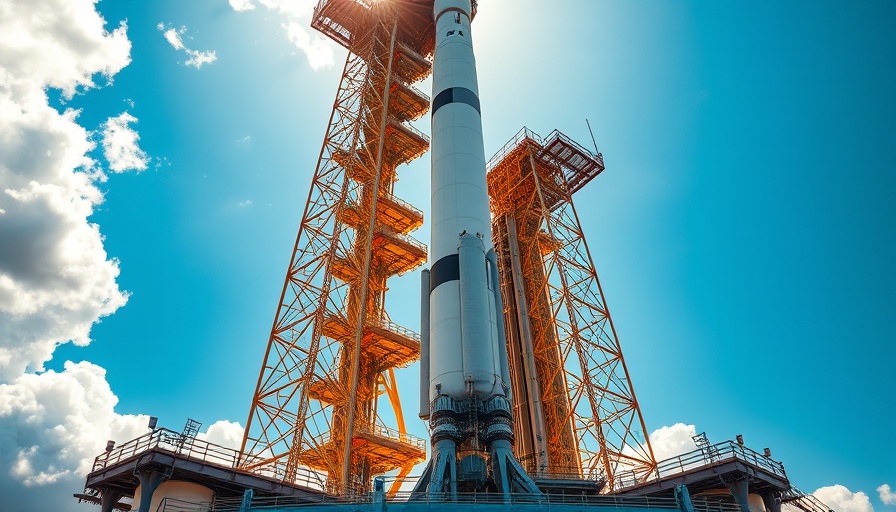
SpaceX's Starship: The Future of Interplanetary Travel
In a thrilling demonstration of engineering prowess, SpaceX has once again fired up its Starship spacecraft, conducting a long-duration static fire test with its upper stage at the company's Starbase site in South Texas. This 171-foot-tall rocket, equipped with six powerful Raptor engines, performed flawlessly during the test, igniting for a whole 60 seconds—a crucial prelude to what many hope will be the ninth test flight of the vessel.
What Does This Mean for Space Exploration?
As we stand on the brink of a new era in space exploration, SpaceX's relentless testing schedule underscores the company's ambition to establish a human presence on Mars. According to founder Elon Musk, the ultimate goal is to make life multiplanetary by using Starship's advanced reusability features, rendering long-term space journeys economically feasible.
A Step Towards Innovation
The rocket stands at a staggering 403.5 feet when fully stacked, making it the largest and most powerful launch system ever constructed. Innovations such as the Super Heavy booster and the Ship upper stage are tailored for rapid reusability, substantially lowering the cost of access to space. This strategic engineering can lead to a dramatic increase in the frequency of launches, making ambitious projects like Mars colonization not just aspirational but achievable.
Framing the Future: The Ninth Test Flight
While no official launch date has been announced for Flight 9, the static fire test indicates significant progress since the spacecraft's earlier flights. Of the eight previous flights, two were conducted in 2025, both resulting in the Super Heavy performing well, yet the upper stage faced challenges, leading to explosions shortly after takeoff. The upcoming Flight 9 may finally showcase a refined design capable of sustaining its journey.
Expert Insights on SpaceX's Ambitions
Experts in aerospace technology view the successful execution of the static fire test as a positive indication of SpaceX's innovation trajectory. With ongoing improvements and an aggressive testing schedule, the prospect of sustainable interplanetary travel is becoming less speculative. Regular advancements in reusable rocketry may position SpaceX to lead the pack in commercial space transport.
Preparing for Takeoff: What Can We Expect?
The recent static fire was only the third trial for this particular Starship. Analysts believe that if the upcoming Flight 9 proves successful, it could ignite a race in the aerospace sector regarding the development of reusable launch systems. Other space agencies and private companies might accelerate their projects, motivated by SpaceX's milestones.
In summary, SpaceX is not merely pushing boundaries; they are redefining the future of space exploration. As we watch these developments unfold, it’s clear that innovation in this sector can drive us closer to the long-held human dream of settling other planets, particularly Mars.
 Add Row
Add Row  Add
Add 




Write A Comment